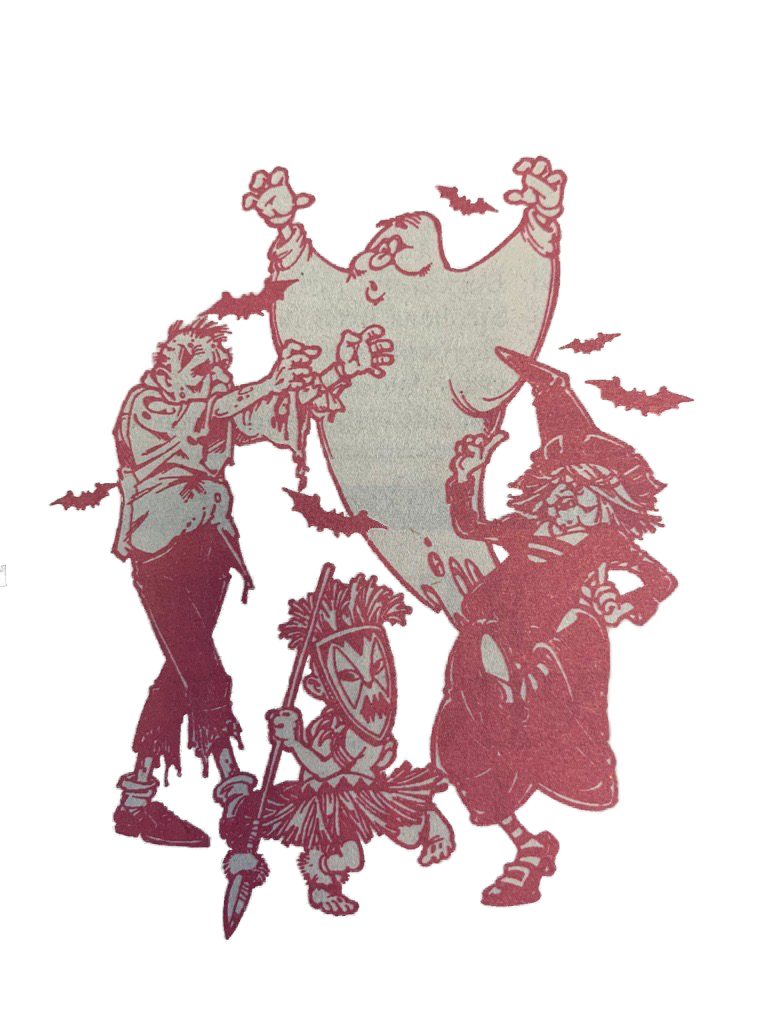In the wake of Sunday’s Super Bowl game featuring the New England Patriots versus the Seattle Seahawks (I was rooting for the Seahawks), football is having its last bit of media coverage before it goes into the off-season.
As a neuroscience major, whenever I think about football, I also think about TBI’s or traumatic brain injuries. As evidenced by a large number of graduate students in my Functional Neuroanatomy class expressing interest in studying TBI’s, they’re a pretty hot topic right now in sports, especially in football.
A quick Google scholar search of traumatic brain injury in football yields 29,300 results. I’d be beating a dead horse if I sat here and ranted about how bad football is and how dangerous it is. Interestingly though, according to the American Association of Neurological Surgeons, cycling is the leading cause of sports-related head injuries with almost twice as many as football.
But I’m going to be honest. Despite, or maybe just in addition to, this I think TBI’s are interesting and the brain itself is interesting. Of course, I wouldn’t be pursuing a graduate degree in neuroscience if I didn’t think so. I have no idea how the public is going to react to the new information. On the one hand, it’s hard to deny how much of an integral part football is in American culture.
On the other hand, head injuries are no joke. One of my professors likes to say that the brain is privileged, and it’s true. If the brain is deprived of oxygen for more than four minutes, permanent brain injury begins to occur. There’s a reason the brain has layers upon layers of protection from the skull down to the pia mater that lines every single bit of surface area of the brain.
For me though, the thing that stands out above all of this is how incredible it is that we can even image and understand the brain to this extent. We now know things about the brain we never thought we would be able to learn.
My primary research interests are in social neuroscience, that is how exactly your brain works to influence your biases and your personality. I’ve learned enough by now to understand that this is definitely a situation where it is easier said than done, and it even sounds hard. Advancements are still being made in brain research, and it’s a truly wonderful time to be in neuroscience.
I’m interested in seeing what happens in the NFL and even in NCAA football in light of all the media attention directed towards traumatic brain injuries. In that same way though, I’m excited to see where we are in neuroscience research even a decade from now.
Until then, I’ll continue to embrace and learn current techniques in neuroscience as best as I can.








